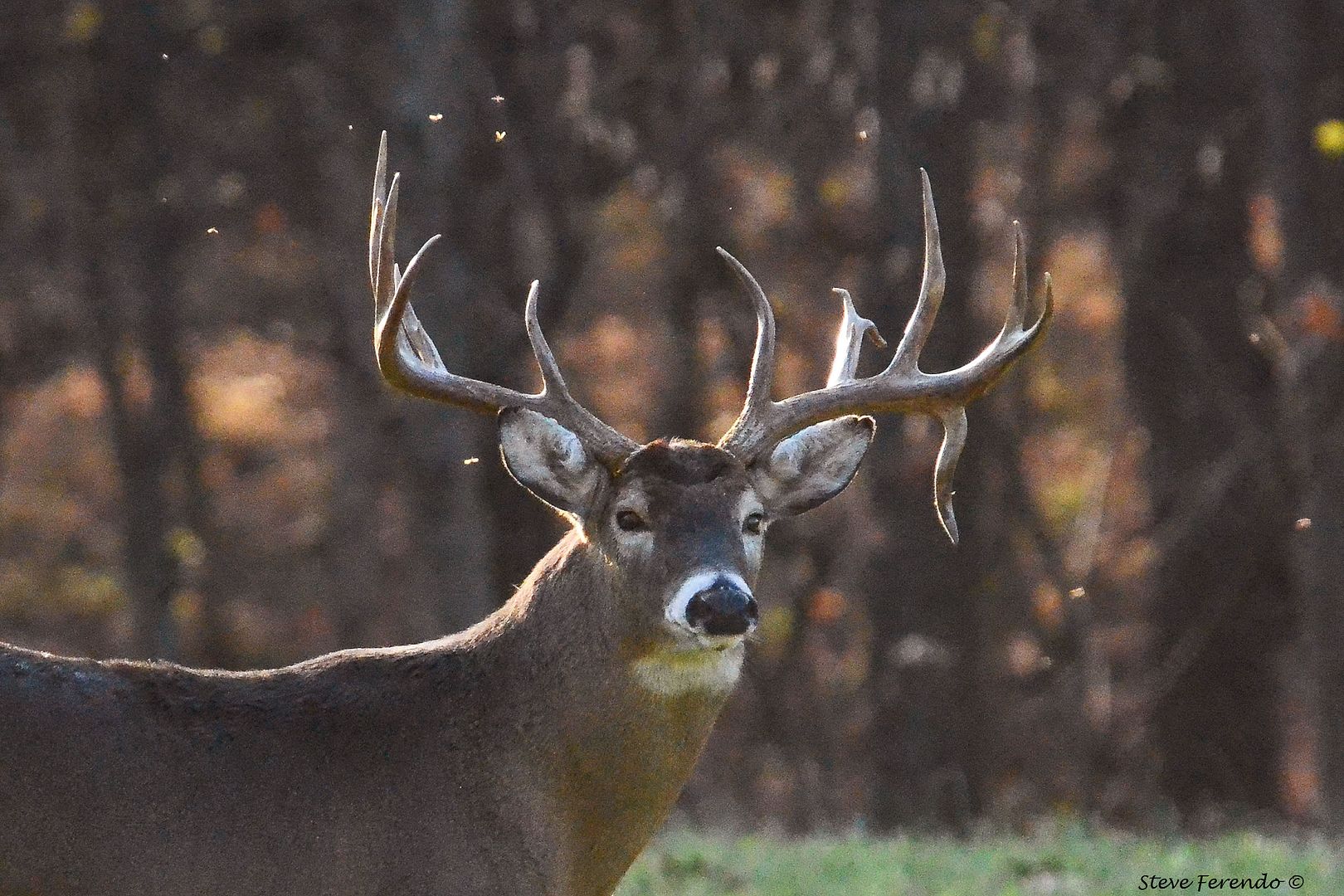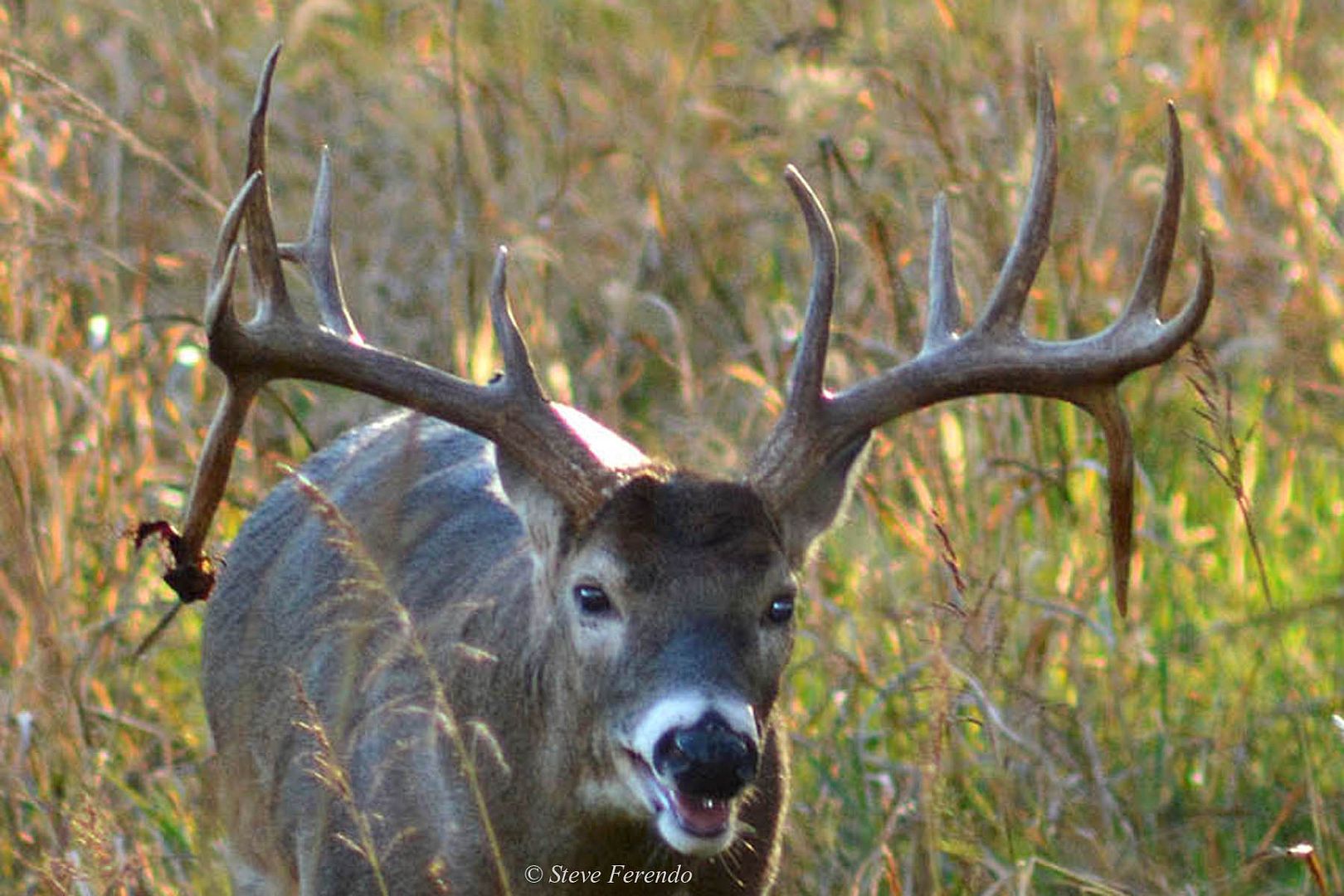To say that I was surprised to hear such a statement, especially made by an employee of the battlefield, would be an understatement.
In his book “Whitetail Racks”, Dr. David Samuel, retired Professor of Wildlife
Management at West Virginia University, has this to say about nontypical
antlers…
“Relatively
few of our bucks ever live to 3 ½ years of age, and older bucks tend to be the ones that exhibit nontypical antlers. In
states where bucks do get older, a buck might be a 4 x 4 eight-pointer at age 2
½ years, then become a 5 x 5 ten point, but with a small drop tine on one main
beam at age 3 ½.. After that he might develop all kinds of nontypical points,
and that drop tine might grow in length
and width. In fact, he might well develop a second drop tine on the opposite
antler, as well as some stickers coming off the normal points.”
Dr. Samuel goes on to say…
“Antler
confirmation in general is affected by genetics, but it seems
that nontypical antlers are especially affected by genetics. The
older such bucks get, the more nontypical their antlers become.”
that nontypical antlers are especially affected by genetics. The
older such bucks get, the more nontypical their antlers become.”
In other words, we rarely get to see
bucks of this size and antler configuration because they are not allowed to
live long enough for their antlers to develop to their full potential. The first photo is the buck in question taken
in 2012…
The following photo was taken 51 weeks later…
His rack has developed a second drop tine and
shows an increase in over all mass. No
one knows how large this buck might get if he escapes the eradication efforts
of the National Park Service. There are
probably some legitimate arguments for reducing the number of deer on the
battlefield. In my opinion, there are no
valid arguments for destroying mature bucks, especially ones of this caliber.


How interesting!!
ReplyDeleteOne of my puppies from the last litter Vilda, 6 months hunted a 8pointer roe buck and her Dad was able to shot it. For our roes 8 is much.
Thanks for your comments on this and my other posts. We are not allowed to hunt deer with dogs with the exception of tracking dogs to find wounded animals. I love hunting with dogs, as a youngster we kept beagles to hunt rabbits which was always my favorite type of hunting.
DeleteSteve
That is an amazing buck, Steve. It is sad that the employee is so misinformed about whitetail deer biology.
ReplyDelete